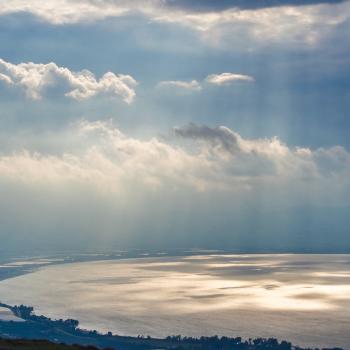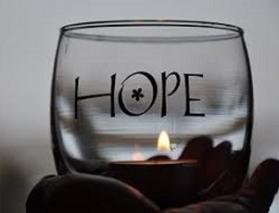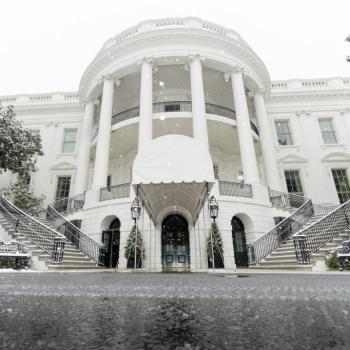Apparently this message was too harsh for most people, and the cruelty of injustice whereby good people suffered and the wicked prospered was too disheartening. And so evolved the notion of a world-to-come, an Olam Haba, a compensation for the righteous who suffered on earth that would include ultimate resurrection. The wicked, of course, would be relegated to a place of punishment, a hell or Gehenna where their souls would be purged before being finally reprieved.
But it is questionable how many modern Jews -- of all our denominations -- really give much thought to this elaborate construction, not to mention derive any comfort from it. For Humanistic Jews, who, by disposition, depend on empirical reality for truth, all we know is this world and this life. We make no bets on an unknown future.
We may not believe in an afterlife, but we can gain a kind of immortality through our deeds and our accomplishments, the institutions that we build, the charities that we endow, the families we nurture, and the lasting memories that endure in the minds of those who will survive us. We live on through those who have internalized our teachings and carry on our work, even if the source of those teachings is forgotten.
Finally, the matter of life after death does not just apply to the question of the deceased. It also has to do with how one returns to life after suffering the death of a loved one. This, perhaps, is the noblest teaching that Judaism has to offer. It teaches us that there is a time to mourn and a time to renew one's commitment to living.
Rabbi Peter H. Schweitzer
President, Association of Humanistic Rabbis, New York
This article was first published at Moment Magazine, a Patheos Partner, and is reprinted with permission.




